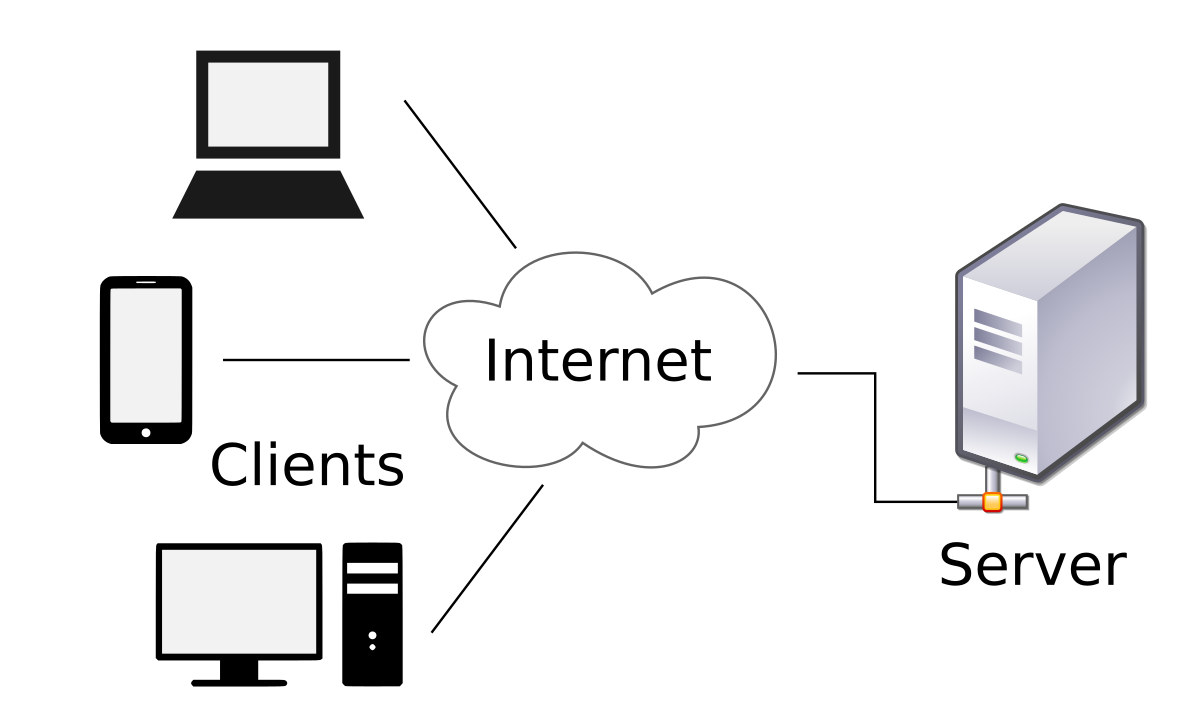Understanding Servers: The Backbone of the Internet
Introduction
In the vast digital landscape of the internet, servers play a critical role in enabling communication, data storage, and the delivery of web content. Yet, many users may not fully grasp the significance and functionality of servers. In this blog post, we will demystify servers, explore their fundamental components, and shed light on their indispensable role in powering the online world.
- 1. What is a Server?
We begin by defining what a server is in the context of computer networks. A server is a specialized computer or software system that responds to requests from other devices, known as clients. Servers are designed to store, process, and deliver data to clients across the internet or within a local network. We'll delve into the different types of servers, such as web servers, application servers, file servers, and database servers, and explain their unique purposes.
- 2. Server Hardware and Components
Understanding server hardware is crucial to comprehend the robust capabilities of these systems. We will explore the components that make up a server, including processors (CPUs), memory (RAM), storage (HDDs or SSDs), power supply units, and cooling systems. We'll also touch on server form factors, such as rack-mount servers and blade servers, commonly used in data centers.
- 3. Client-Server Model
The client-server model is the foundation of modern networking. We will explain how this model works, where clients request services or resources, and servers fulfill these requests by processing and delivering the required data. The client-server model forms the backbone of various internet services, including web browsing, email, online gaming, and cloud computing.
- 4. Web Servers and Hosting
Web servers are a vital part of the internet infrastructure, responsible for serving web pages to users. We'll explore popular web servers like Apache, Nginx, and Microsoft IIS, and discuss how they handle HTTP requests and deliver web content. Additionally, we'll cover the concept of web hosting and the various hosting options available to individuals and businesses.
- 5. Server Security and Maintenance
Security is a top priority for any server administrator. We will discuss common security practices, such as firewalls, encryption, and secure socket layers (SSL), to safeguard servers from cyber threats and unauthorized access. Furthermore, we'll touch on the importance of regular server maintenance, including updates, backups, and monitoring, to ensure optimal performance and reliability.
- 6. Cloud Servers and Virtualization
The advent of cloud computing has revolutionized the way servers are deployed and managed. We'll explore cloud servers and how virtualization technologies, like VMware and Hyper-V, enable the creation of virtual machines (VMs) for efficient resource allocation and scalability. Cloud computing has democratized access to powerful server resources for businesses of all sizes.
- 7. Future Trends in Server Technology
As technology advances, so do servers. We will look into emerging trends in server technology, such as edge computing, containerization, and the move towards more energy-efficient designs. These innovations promise to shape the future of server infrastructure and the internet as a whole.
Servers are the unsung heroes that power the internet, facilitating seamless communication and enabling the vast array of online services we rely on daily. Understanding the inner workings and significance of servers is vital for anyone seeking to comprehend the backbone of the digital world. As technology continues to evolve, servers will continue to play a central role in shaping the internet's future.
